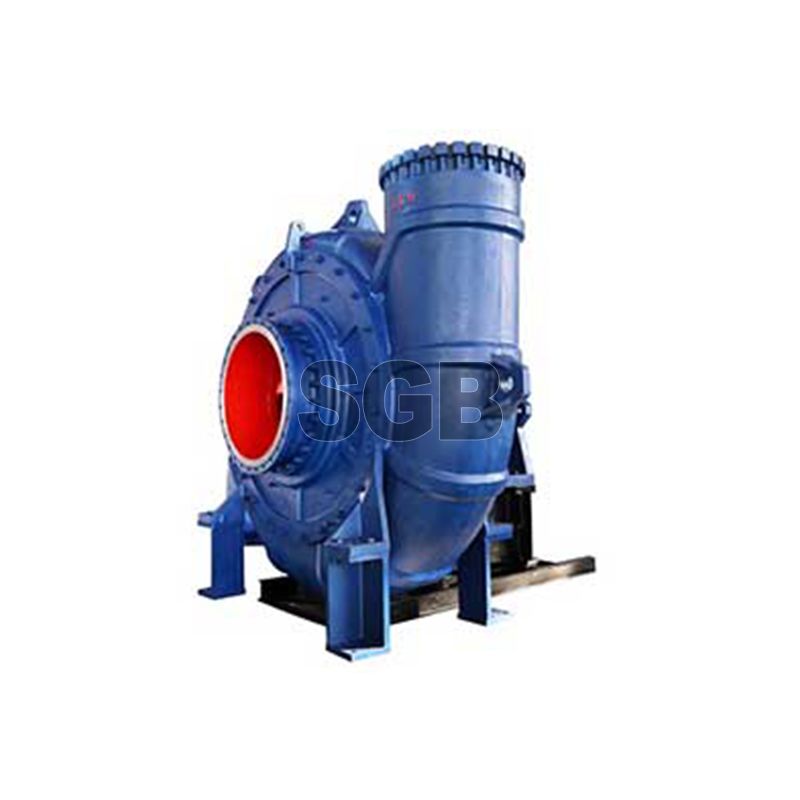How to Choose the Right Heavy Duty Slurry Pump for Your Mining Project
Selecting the appropriate slurry pump for a mining operation is a complex yet critical task. Mining slurries often contain abrasive particles, solids of varying sizes, and chemically aggressive liquids, making pump selection pivotal to avoid premature wear, unexpected downtime, and costly repairs. An effective heavy-duty slurry pump must efficiently transport abrasive and corrosive mixtures while maintaining high reliability under harsh conditions.
Whether your application involves pumping thick, viscous slurries, or meeting high-pressure and high-flow demands, the right pump directly impacts operational productivity and cost-efficiency. This guide delves into essential factors, technical specifications, and cutting-edge technologies that help engineers and procurement specialists make an informed choice.
1. Understanding Slurry Properties
Slurry properties such as solids concentration, particle size distribution, density, viscosity, pH, and corrosiveness significantly affect pump performance and lifespan. High solids content increases abrasion and wear on pump components, requiring robust impeller and casing designs.
Viscosity impacts flow dynamics; higher viscosity slurries create greater resistance, demanding pumps with more powerful drives. Additionally, the particle size determines the clearance between impeller and casing, affecting blockage risks and efficiency.
Case Study: A mining operation handling slurries with over 45% solid volume found conventional pumps failing prematurely. Switching to pumps with larger impellers and abrasion-resistant liners extended service life by 40%.
2. Evaluating Flow Rate and Head Requirements
Correctly sizing the pump for the required flow rate (typically measured in cubic meters per hour or gallons per minute) and head (the height slurry must be pumped, in meters or feet) is critical. Undersized pumps cause frequent overloads, while oversized pumps waste energy and accelerate wear.
The total dynamic head includes static lift, friction losses in pipes, valves, and fittings, as well as pressure needed at the discharge point. Consulting hydraulic system engineers to accurately calculate these values ensures the chosen pump meets real-world demands.
Data Insight: For example, pumping 100 GPM at a 50-meter head requires a different pump model and power rating than pumping the same volume at 20 meters. Selecting a pump with an efficient operating point near the system curve peak improves longevity and reduces power costs.
3. Pump Material and Maintenance Needs
Abrasion and corrosion resistance are paramount in slurry pumps. Common materials include high-chrome white iron, stainless steel, rubber-lined casings, and specialty alloys. The choice depends on slurry chemistry and abrasiveness.
Pumps constructed from high-chrome alloys provide excellent wear resistance for highly abrasive slurries, while rubber linings protect against corrosion in chemically aggressive environments.
Maintenance accessibility is another vital factor. Pumps designed with easy-to-replace wear parts, such as liners and impellers, minimize downtime and labor costs. Features like cartridge seals and mechanical seal flush systems further enhance reliability.
Highlight: Studies indicate that pumps with heavy-duty casings and optimized wear components can last up to 20-30% longer and reduce unplanned outages significantly.
4. Advanced Features and Technology
Modern slurry pumps incorporate advanced design technologies to improve efficiency and durability:
Hydraulically optimized impeller design: Improves efficiency by reducing turbulence and energy loss.
Variable frequency drives (VFD): Allow for speed control to adapt to varying slurry conditions, saving energy.
Smart monitoring systems: Sensors track vibration, temperature, and flow to predict maintenance needs and avoid failures.
Modular construction: Enables easy replacement of critical parts and reduces repair time.
Sealing technologies: Mechanical seals, expeller seals, or packing glands tailored for slurry applications to prevent leaks.
Integrating these features results in pumps that are not only robust but also highly adaptable and cost-effective over their lifecycle.
Conclusion
Choosing the right heavy-duty slurry pump for your mining project is a strategic decision that impacts operational efficiency, maintenance costs, and overall profitability. By thoroughly analyzing slurry characteristics, accurately determining flow and head requirements, selecting suitable materials, and leveraging advanced pump technologies, you ensure a reliable and efficient pumping solution.
A well-selected slurry pump maximizes uptime, reduces operating expenses, and supports sustainable mining operations. Partner with experienced manufacturers and engineers to tailor the best solution for your unique project needs.

Comments
Post a Comment